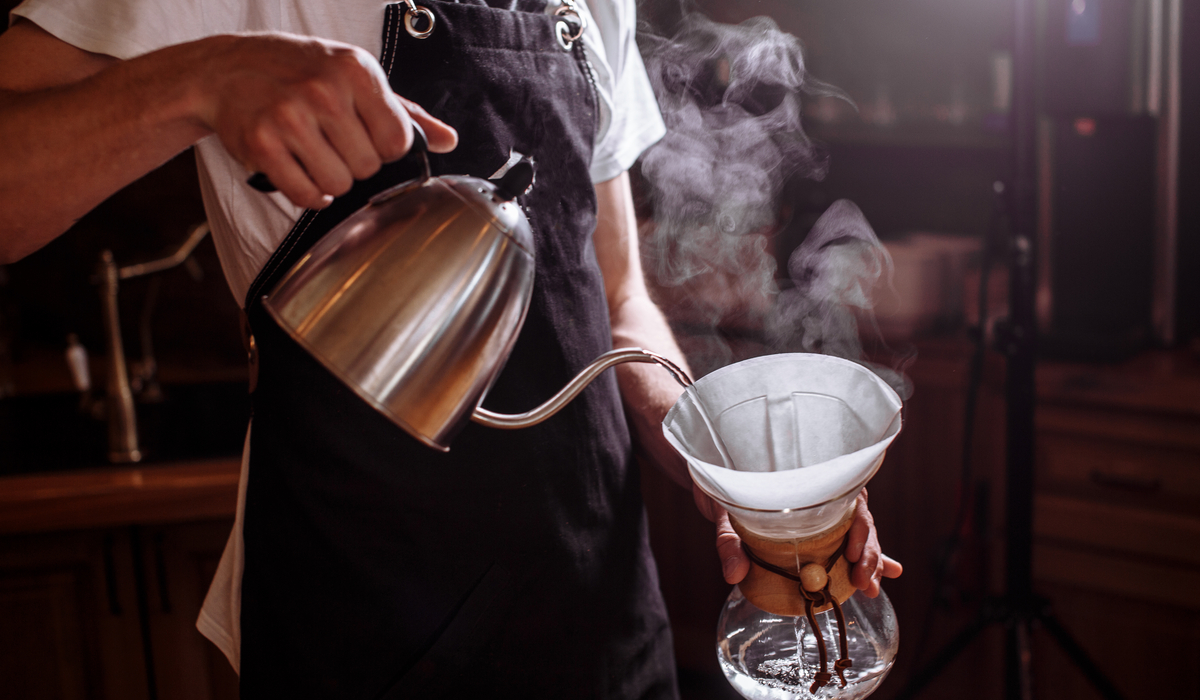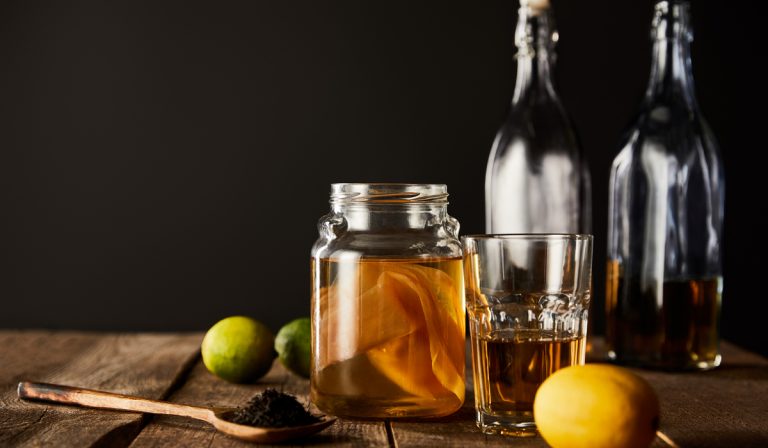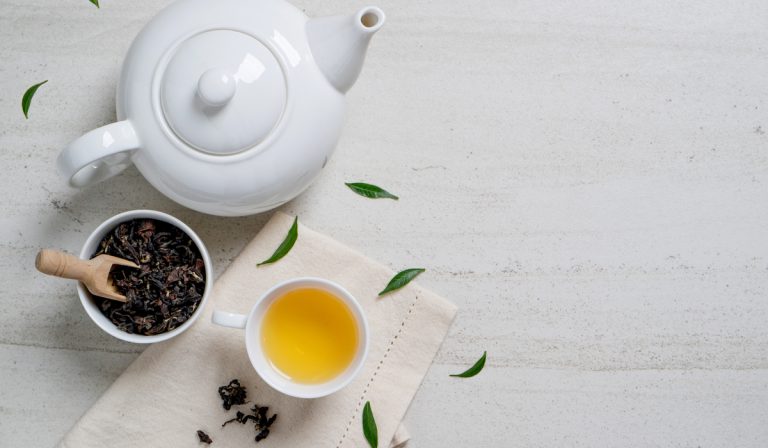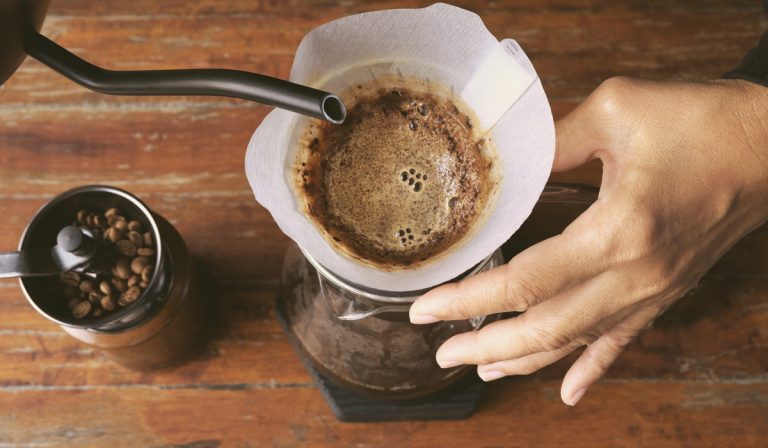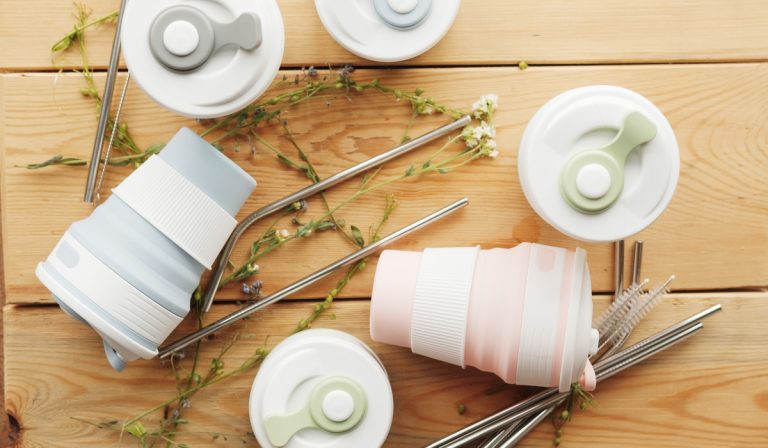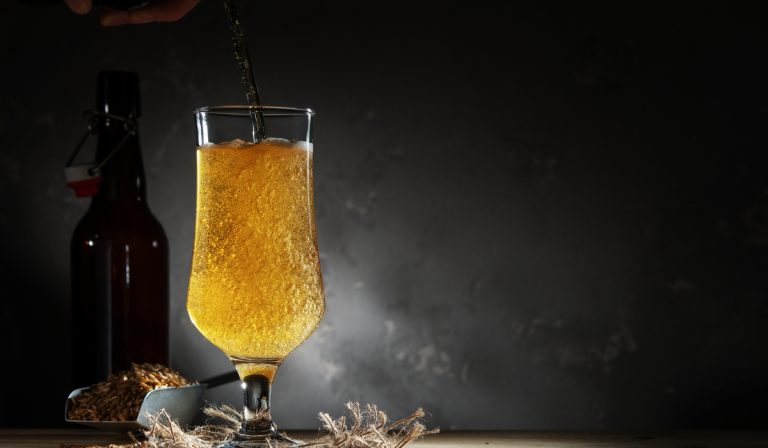Does Brewing Coffee Kill Bacteria in Water? (11 Interesting Facts!)
It happens to the best of us. You go a few days without cleaning your coffee maker and notice a light brown finish at the bottom of the pot. You figure the hot coffee will remove any bacteria lingering inside the pot, right?
Today, we will be covering all that and more as we finally answer the age-old question, does pouring hot coffee over a problem really fix it?
Well, not really.
The temperature that most countertop coffeemakers bring the water to is between 180°F to 205°F. While this is just shy of water’s boiling point of 212°F, it still is not high enough to kill bacteria the way boiling water would.
This is not true for stovetop coffee makers like Moka pots, which heat to well above the boiling point and can effectively kill most bacteria.
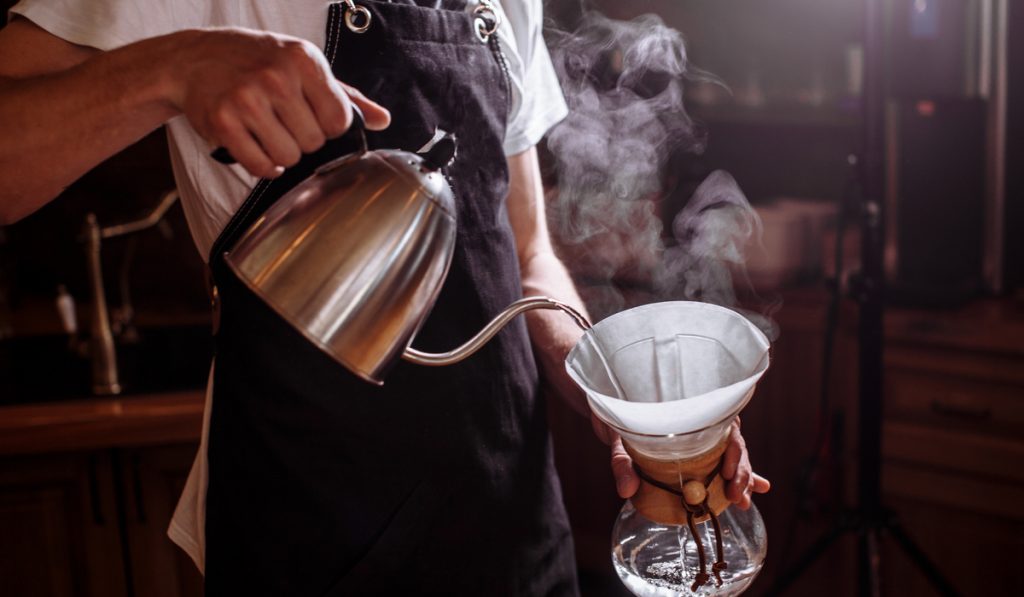
While you should regularly clean out any device you use for making coffee, the stovetop alternative to traditional coffee machines will not need to be cleaned as often.
After reading this article, you will have all the information you need (and then some) to make sure you aren’t conducting a science experiment in your coffee pot.
Table of Contents
11 Interesting Facts You Probably Didn’t Know
1. You Should Always Brew Coffee With Cold Water
Unless your coffee maker explicitly states otherwise, it is important that you use cold water when brewing a fresh pot.
This is primarily because water at a lower temperature will be higher in oxygen, which will positively affect the flavor of the coffee, while using hotter temperatures can essentially strip the coffee of most oxygen.
2. Leaving Water in Your Coffee Maker for Three Days Can Cause Bacteria
It is common to fill your coffee pot the night before work, so you only have to flip a switch to get a little skip in your step. This is perfectly fine and especially considerate to your sleepy alter ego.
If left unchecked, however, you can begin to grow harmful substances in the warm, wet environment where germs love to spread.
Try to keep sitting water in your coffee maker for no more than 12 hours, if you can help it, to allow for the coffee to maintain its ideal freshness.
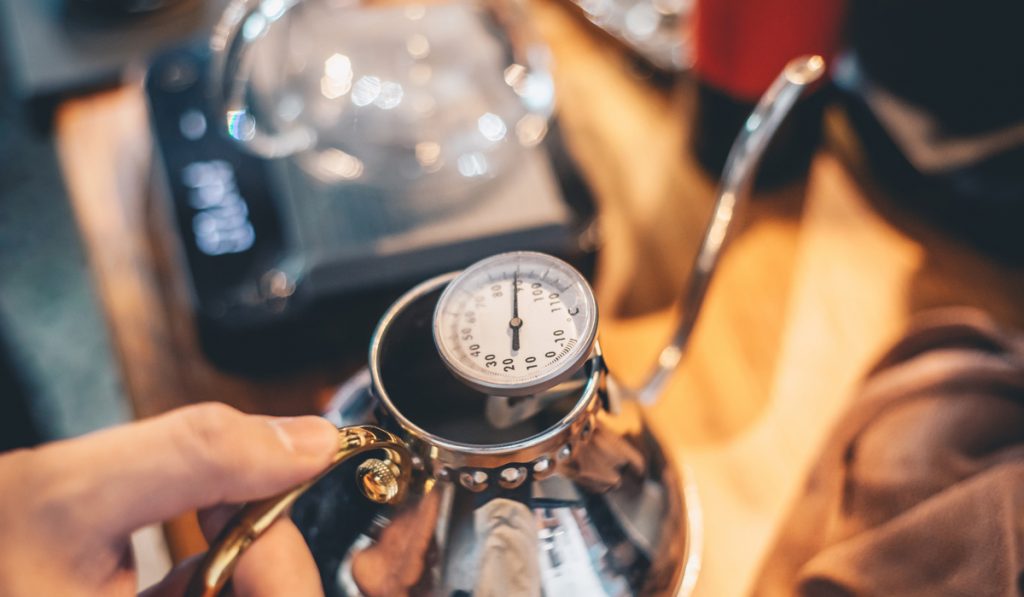
3. The Temperature Coffee Is Brewed at Is Paramount for the Taste
While it may seem like coffee machines are little more than water heaters that spit out coffee, there is a deliberate reason why coffee machines maintain a certain temperature.
180°F to 205°F is where coffee will taste the best, to put it simply.
4. Boiled Water Will Burn Your Coffee
Maybe this article has gotten you to consider the idea of pre-boiling water and then throwing that into your coffee filter. Well, that may kill bacteria, but it will also kill that beloved coffee taste.
This is due to the boiling water overcooking the beans, creating a bitter, oversaturated taste that will essentially ruin the cup of coffee.
You’re better off just cleaning the machine, tedious as that may be.
5. Bottled Water or Filtered Water Will Keep Your Coffee Maker Cleaner
Due to the excess of bacteria found in most residential homes’ tap water, bottled water or filtered water will be your best bet to keep your machine cleaner longer.
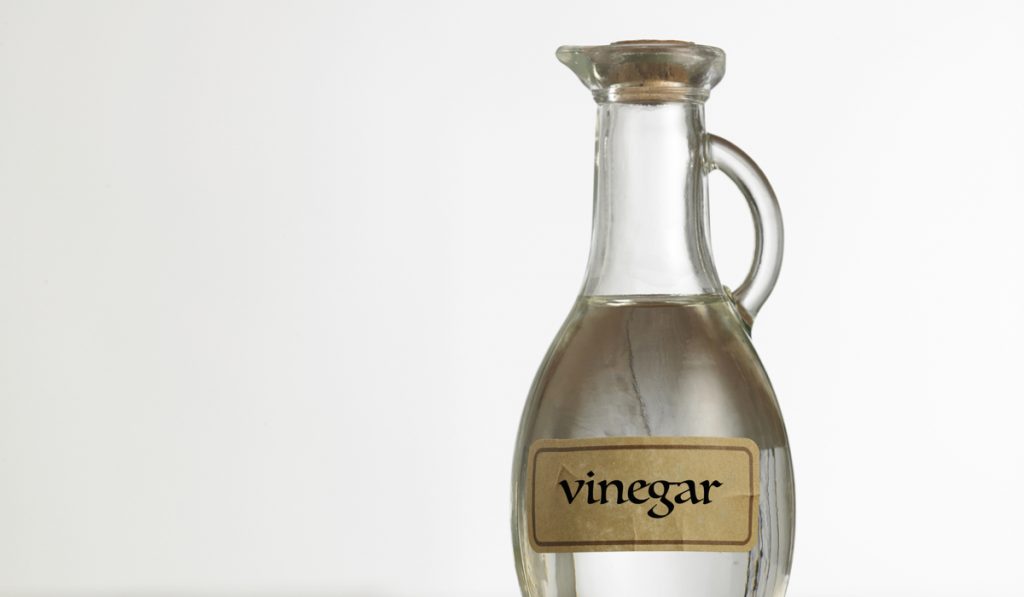
6. Vinegar Is Fantastic for Cleaning Coffee Machines
By using equal parts water and vinegar in the reservoir of your coffee maker and brewing it, you can get a fantastic cleaning in your coffee machine and in places that are otherwise impossible to reach by hand.
Let the vinegar sit in your pot for half an hour after brewing it, then empty it and make another brewed pot of water to clean out the vinegar residue that may linger.
7. Throw Some Rice Into the Pot to Clean Stains
It may seem perplexing to toss some grain into your coffee pot.
Adding rice to the pot is a valuable and inexpensive way to rid your coffee pot of the residual stains that form at the bottom after repeated use.
Just make sure you only put the rice in the pot: You don’t want leftover rice clinging to the depths of your reservoir.
8. The First Coffee Machine Was Invented in 1908
We can all give a collective thank you to the German entrepreneur Melitta Bentz for creating the very first “coffee machine.”
She used blotting paper and hot water to successfully invent the first drip coffee machine. So the next time you’re enjoying a quality cup of joe, make sure to pour a little out for Melitta.
9. There Is a Grading System for Coffee
There is a group known as the Specialty Coffee Association (SCA) that goes around grading different blends of coffee!
So the next time you are trying to determine just how good that new bag of coffee beans is, check for an SCA score!
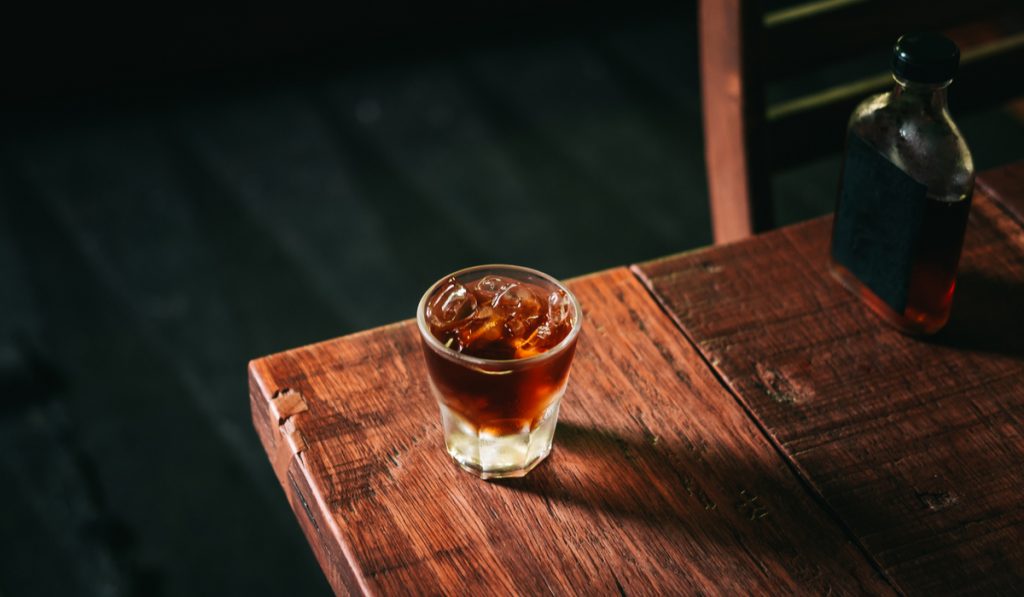
10. Brazil Makes More Coffee Than Any Other Two Countries Combined
Producing over 5.7 billion pounds of coffee annually, this java giant is in a league of its own, exporting more coffee than any other two countries combined, and by a comfortable margin.
Brazil’s grip on the coffee business is unlikely to slip, as they have maintained a noticeable lead for over 150 years.
11. The Price of Coffee Can Get as High as $1,000 per Pound
As someone who has sustained themselves on $4 bricks of coffee for years now, the idea of a coffee so expensive is hard to comprehend.
Black Ivory Coffee averages at $1,000 per pound but has sold for as high as $1,500 per pound. Makes you appreciate the affordability of Folgers just a bit more!
Last Word
A stranger to coffee might be forgiven for thinking it a simple thing. The truth is that even for someone with the most barebones setup for their morning motivator drink, a lot goes into keeping your coffee fresh and flavorful.
Thankfully, even when life becomes overwhelming, and our Mr. Coffee starts to wonder if we have forgotten about him, we can always give our mechanical buddy a good spot clean!

